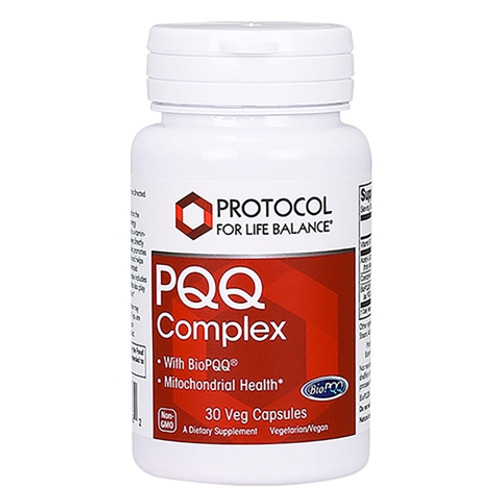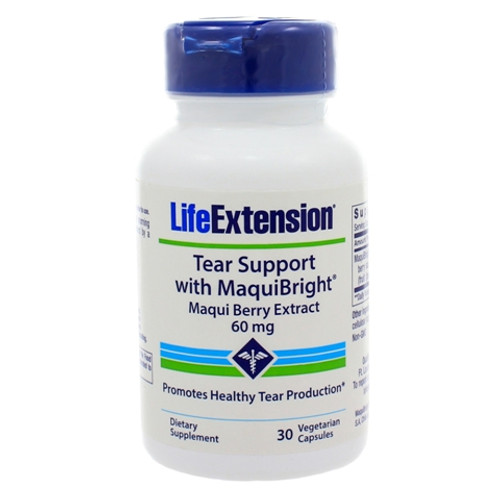While people use probiotics for intestinal health, compelling new evidence indicates that they have a broad-spectrum of health benefits.1-6 Scientists are finding that not having the proper balance of good-to-bad bacteria can wreak havoc throughout the body.7-11
FlorAssist® offers a new way to help maintain the proper balance of intestinal flora.
One of the complications many commercial probiotics face is their inability to overcome hurdles in the digestive tract before hitting their target area—an aspect that can greatly limit their beneficial effects.12 FlorAssist® Probiotic liquid vegetarian capsules utilize a "dual encapsulation" technology to combat the shortcomings of many commercial probiotics, delivering unprecedented amounts of live bacterial colonies to where your body needs them.
FlorAssist® Probiotic liquid vegetarian capsules:
Contain probiotic strains that are acid resistant, protecting them from stomach acid that can destroy the viability of the strains
Have dual encapsulation technology, keeping the capsule intact longer, and ensuring that the probiotic reaches the small intestine
Provide a high CFU (colony forming units) of 15 billion per capsule.
While many supplements provide just one type of bacteria, taking a probiotic with multiple varieties of good bacteria can help better fight off bad bacteria.13 FlorAssist® provides a proprietary blend of six bacterial strains. Each FlorAssist® dual capsule contains 15 Billion CFU (colony forming units) consisting of:
- Lactobacillus acidophilus LA-14
- Bifidobacterium lactis BL-04
- Lactobacillus paracasei LPC-37
- Lactobacillus rhamnosus LR-32
- Bifidobacterium bifidum/lactis BB-02
- Bifidobacterium longum BL-05
These potent strains of probiotic bacteria adhere to the soft lining of the intestinal tract and help maintain a healthy surface and aid in support for the digestive system.
References
1. Eur J Clin Nutr. 2013 Feb;67(2):161-7.
2. Curr Top Microbiol Immunol. 2013;358:273-89.
3. Br J Nutr. 2013 May 28;109(10):1866-72.
4. Nutr Hosp. 2011 Jan-Feb;26(1):228-35.
5. Eur J Cancer Prev. 2013 Jan;22(1):46-51.
6. Pediatr Int. 2012 Oct;54(5):682-7.
7. Cell Metab. 2013 Jun 4;17(6):883-94.
8. Best Pract Res Clin Gastroenterol. 2013 Feb; 27(1):73-83.
9. Gastroenterol Res Pract. 2012;2012:872716.
10. Curr Opin Gastroenterol. 2010 Jan;26(1):5-11.
11. Pharmacol Res. 2013 Mar;69(1):144-55.
12. Microbiology. 2007 Oct;153(Pt 10):3563-71.
13. Anaerobe. 2012 Aug;18(4):405-13.












